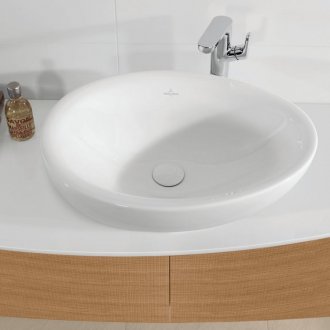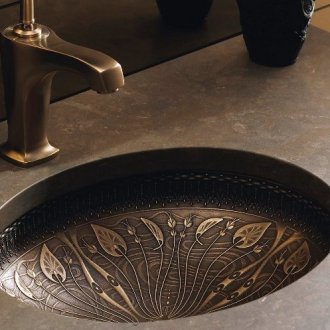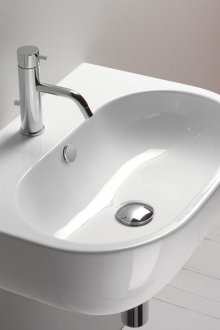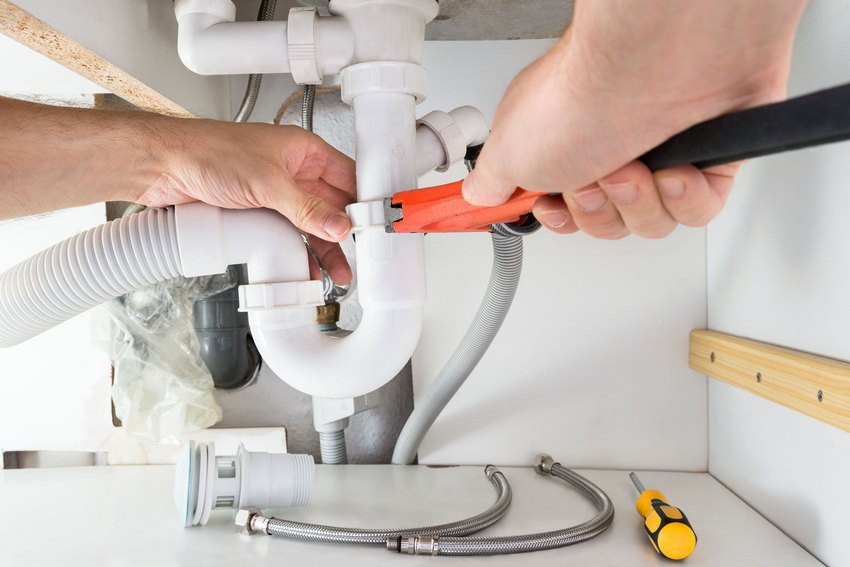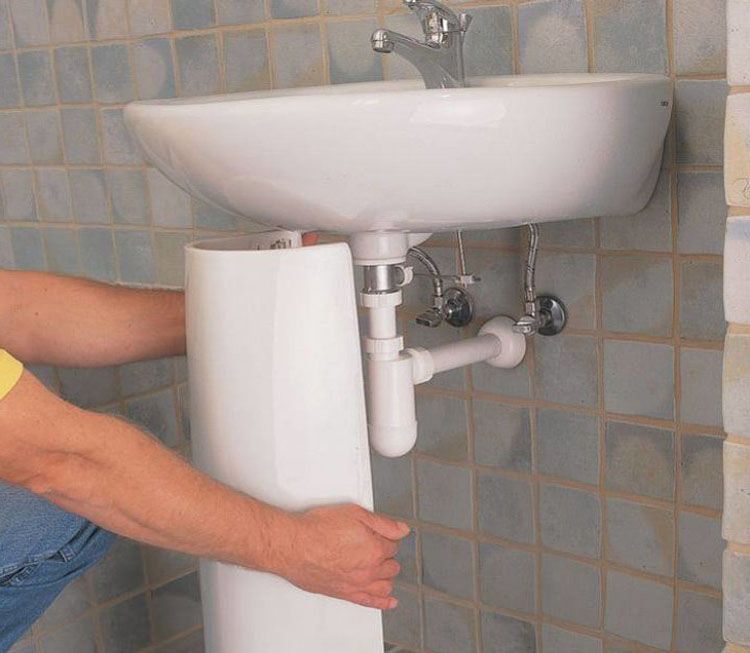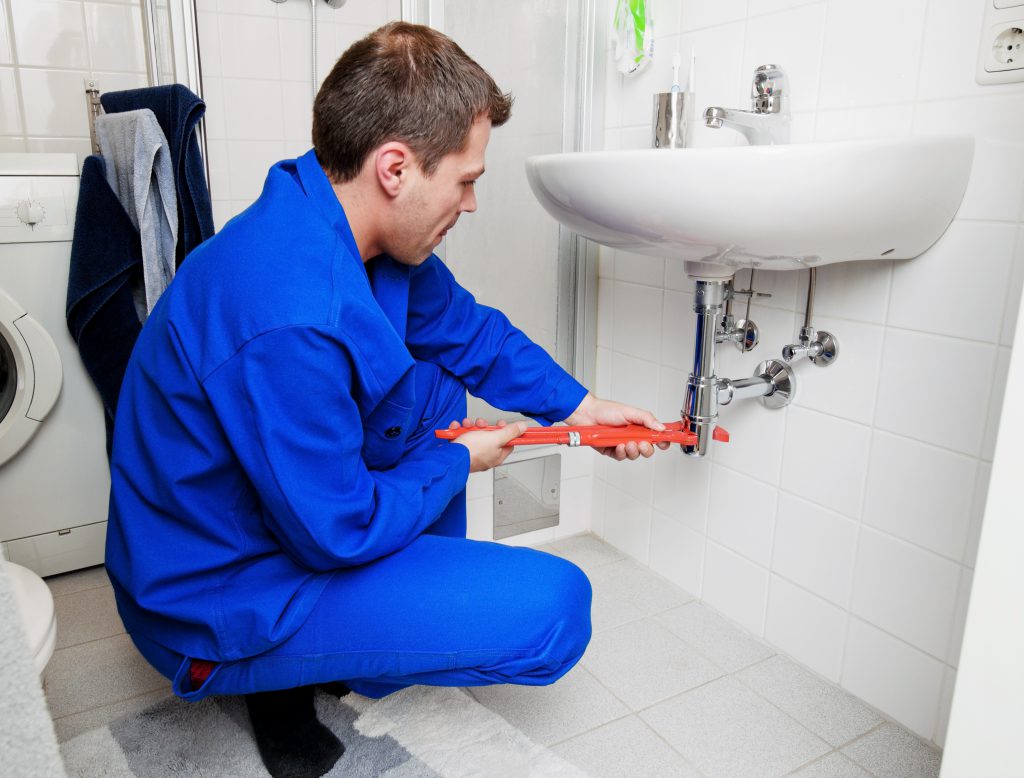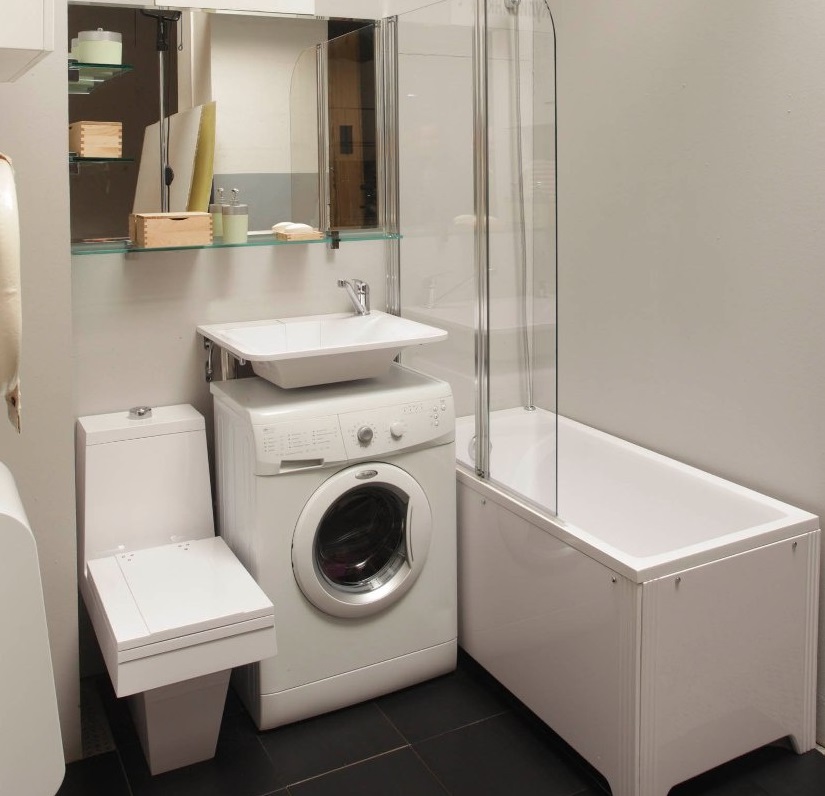How to install different types of sinks yourself: the main steps
Content
The bathroom in the apartment plays a significant role. Here we spend the first minutes after waking up and here we are often in the evening before going to bed. How pleasant it is to take a hot relaxing shower in the evening or cheer up with cold water in the morning to feel like a "cucumber" during the day! Along with the bathroom itself, a sink is also an important attribute of the bathroom. In this article, we will talk about how to install a sink in the bathroom, and consider the most important issues that may arise during this work.
Classification of sinks by method of attachment
To begin, consider what methods of fixing sinks exist. Depending on these methods, sinks are:
- waybills;
- mortise;
- furniture;
- cantilever with a pedestal;
- mounted on the wall.
Sinks of the first type are installed on the countertop so that they are located slightly above the surface. In such sinks there is basically no hole for the mixer. For overhead sinks, tall mixers are installed that are attached to the countertop. Mortise sinks are mounted directly in the countertop itself so that they protrude 10-30 mm above the surface. Such a sink is installed using special fasteners.
Furniture sinks go on sale complete with a curbstone. Such a sink is installed on the countertop. A sink with a pedestal is also called a “tulip”. For cantilevered sinks, the pedestal replaces the countertop. In addition, the pedestal disguises pipelines. The height of installation of console sinks with a pedestal depends on personal preference. And finally, sinks with wall mounts are installed using self-tapping screws or screws.
Dismantling an old sink
Before installing a new sink, you need to remove the old. The procedure for dismantling the old sink is as follows:
- Unscrew mixer fasteners.
- Disconnect the water supply line.
- Remove the mixer.
- Unscrew the siphon mounts and remove it. If siphon replacement is required, it must be disconnected from the drain pipe.
- Close all openings with a stopper. If you plan to install a new sink with a pedestal, this is not necessary.
- Remove the old sink.
Mounting a new sink on the wall
Before installing a new sink on the wall, it is necessary to mark the places where the fixtures will be. Then at these points you need to drill holes and install fasteners in them. After that, you can fix the sink with bolts. After the sink is installed, you can attach a siphon. Then install the mixer. After the equipment is installed, it must be connected into a single system by connecting a water supply line and a drain pipe. The final stage of this procedure is the sealing of the joints.
How to install a sink siphon
A siphon is a bent pipe installed between a sink and a drain pipe. The siphon is designed to prevent unpleasant odors in the bathroom. Also, trash is trapped in the siphon and can be removed so that it does not get further into the sewer pipe.
To install the siphon with your own hands, you need:
- Install a sump at the bottom of the siphon, sealing the connection with a gasket.
- Install a tightening plastic nut on the branch pipe, then a cone-shaped gasket. This gasket should be located a few centimeters from the edge of the nozzle.
- Connect the outlet to the bulb. Only tighten the nut with your hands and not with a tool so that it does not burst.
- Connect the siphon to the outlet pipe using a compression nut. The connection must be sealed with a gasket.
- Connect the outlet pipe to the sewer with a cone gasket.
- Install the mesh in the drain hole of the sink and secure it with the long screw.
- Check for leaks. To do this, open the tap and supply water.
How to install a sink with a pedestal
Now consider how to install a tulip shell. In order to install a sink with a pedestal with your own hands, you need such tools: a puncher with a drill, fasteners, dowels, adhesive sealant, an adjustable wrench, a level. For this procedure, it is necessary to use only special tools and fixtures. These mounts are moisture resistant. In addition, their use eliminates damage to equipment and tiles.
A sink with a pedestal is usually installed at a certain distance from the wall. The procedure for installing a sink with a pedestal with your own hands is as follows:
- We mark the places where the mounts will be installed.
- We drill holes in these places.
- We install in the drilled mounting holes.
- Install the sink using bolts.
- We install a siphon.
- Install the mixer.
- We connect the equipment with a water supply line and a sewer pipe.
- We open the tap, supply water and check the tightness of the joints.
How to install a sink over a washing machine
Installing a sink over the washing machine helps save space in the bathroom. It is important that the dimensions of the sink are larger than the dimensions of the washing machine. This is to prevent moisture from entering the machine. The washing machine itself is installed only after installing the sink.
First you need to mark the location of the mounts. In these places, you need to install the brackets so that the bolts protrude by 7 mm. After that, you need to install a sink. Then on the back wall of the sink and on the places of its contact with the brackets you need to apply silicone sealant. After this, you must install the siphon and connect the drain hose of the washing machine to the siphon nozzle. Now you can install the mixer. The final stage of installing the sink over the washing machine is to check the tightness of all joints. To do this, open the tap and feed water into the sink.
Useful Tips
And, in conclusion, here are some useful tips that you might find useful if you decide to install a sink yourself.
- When installing the sink, be sure to use the level. And it is better to use a water level, rather than a laser. Watermark is easier than laser to operate.
- In the absence of experience installing sinks, it is best to install a surface-mounted sink - it is the easiest to mount.
- When installing mortise and wall sinks, be sure to use sealant. In other cases, its use is optional.
- When working with a rotary hammer, be sure to use only special bits and drills, otherwise you may damage the tile.
- The washbasin needs to be fixed as high quality as possible. Otherwise, it may become loose over time.
- When carrying out work, be careful to strictly follow the instructions, do not forget to install the necessary gaskets.
- After completing the installation of any type of sinks, be sure to open the tap, supply water and carefully inspect all connections using lighting. Even a slight appearance of moisture must be eliminated, otherwise a significant leak may appear in the future.

